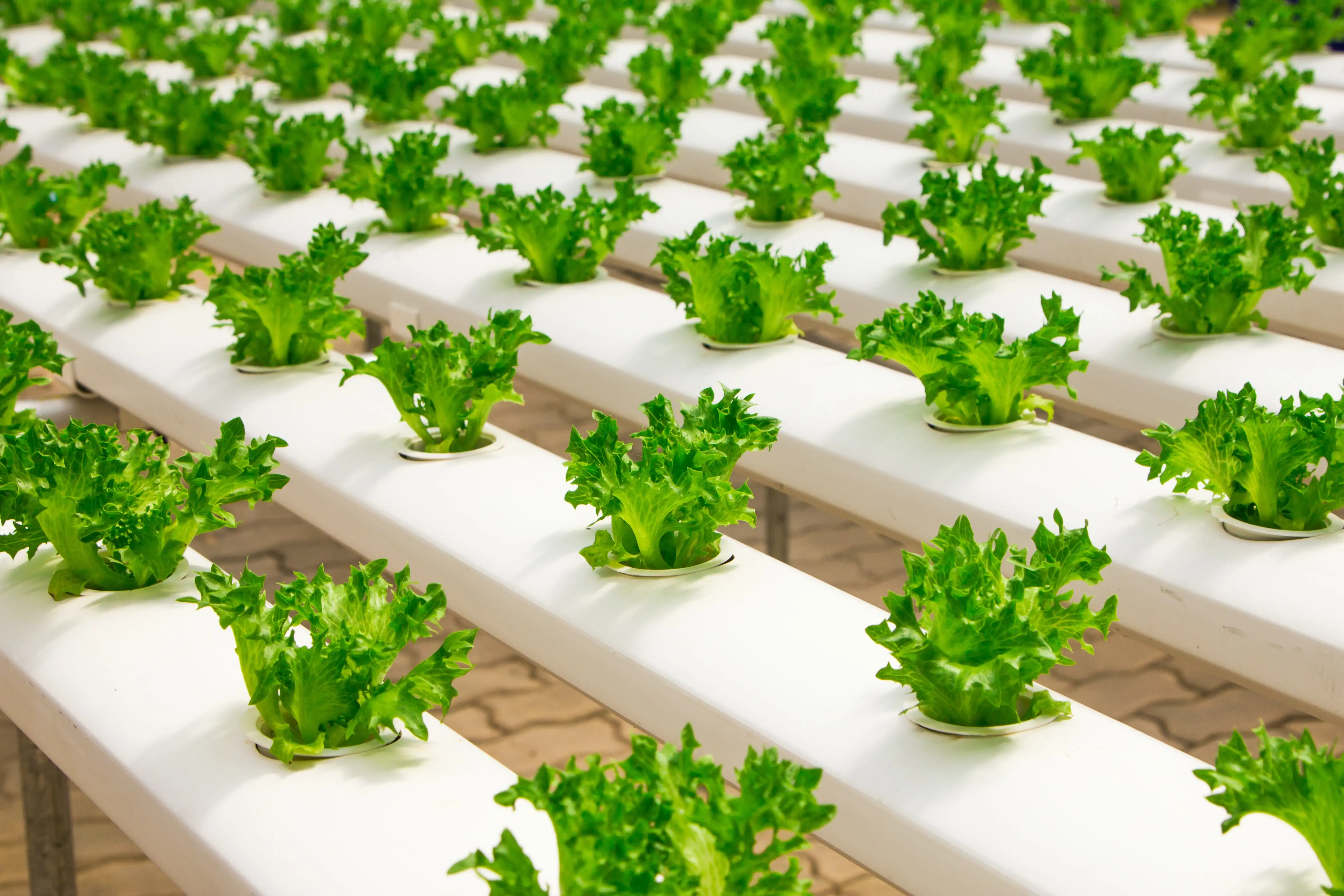
Irrigation: Addressing Water Stress in Agriculture
It might come as a surprise, but despite the Sumerian contribution, water scarcity remains one of modern agriculture's biggest challenges. Water is essential for plant growth, facilitating photosynthesis, nutrient absorption, and overall plant health. Increasing climate variability has led to frequent droughts and extreme weather events, threatening crop yields worldwide.
Current irrigation solutions have several shortcomings, such as water inefficiency due to evaporation and runoff, high energy consumption for pumping and distribution, salinity and soil degradation from overuse, unequal access for small-scale farmers, infrastructure limitations in many regions, and negative environmental impact from groundwater depletion. Addressing these issues requires technological advancements, investment, and policy support for sustainable irrigation practices.
Numerous options are available to address this challenge, broadly categorized into two groups. The first group focuses on enhancing plants’ own water efficiency and drought resistance. This includes developing drought-resistant genetics, using biostimulants (like microbials and seaweed), and employing soil conditioners. The second group addresses the challenge by improving plant water availability, utilizing technologies like modern micro-irrigation systems and digital irrigation monitoring and control applications.
We do not anticipate a one-size-fits-all solution, such as relying solely on irrigation systems to address this challenge. Instead, a diverse portfolio of solutions will be necessary to accommodate the varying conditions of individual farms. Factors such as crop types (e.g., perennials versus annual crops), agronomic conditions (soil quality, water availability, etc.), and a farm’s capabilities and financial resources will all play a significant role in determining the most effective strategies.
Given this broad range of opportunities in the mechanized irrigation space, and numerous large-scale government and World Bank-backed irrigation initiatives, we have seen a strong investor momentum across different asset classes. VC investments have increasingly targeted technology-enabled solutions in agriculture, for example solutions for real-time monitoring and automation of irrigation, nutrition, and pest control. Private equity investments have a longer history in the agricultural irrigation space. For example, the largest two players in the drip irrigation space Netafim and Rivulis were acquired by private equity players in 2011 and 2014, respectively.
Curious to learn more? Download our report Precision Agriculture Tools with a deep dive into Irrigation. Apart from Mechanized Irrigation Systems, the report also touches on Biological Crop Protection, Resilient Seed Genetics, Specialty Crop Nutrition, Sustainably Produced Fertilizers, and Farm Robotics and Automation.
Precision Agriculture Tools is one of the nine categories in the Food is Investable Treasure Map, highlighting twenty-seven relevant investment segments for venture capital, private equity, and infrastructure funds. Download it at refood.co/investable.
Are you interested in learning more about our work? Do you agree with our conclusion or think we’re missing something crucial? No matter what, we want to hear from you! Reach out to us at solvable@refood.co.



